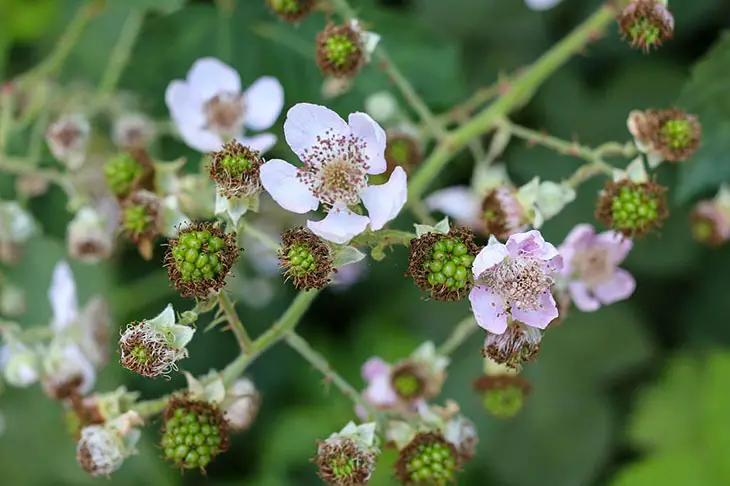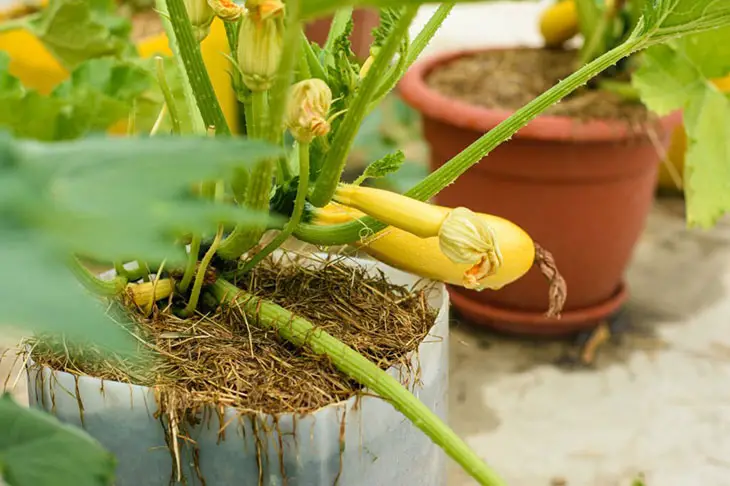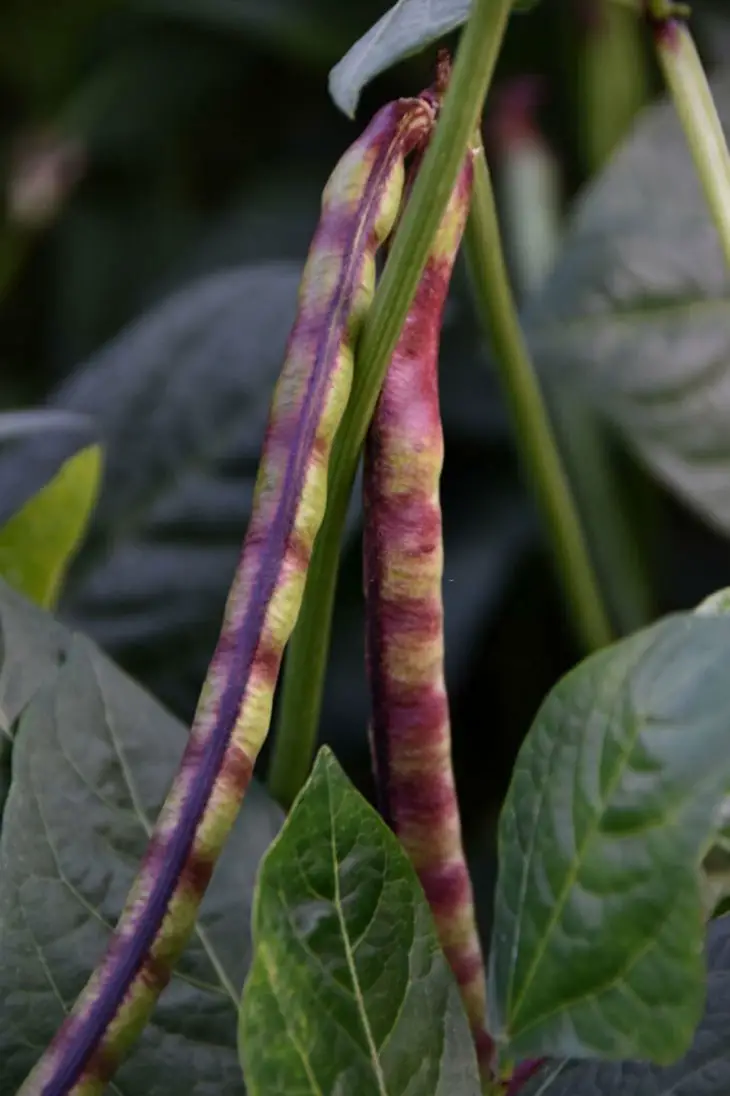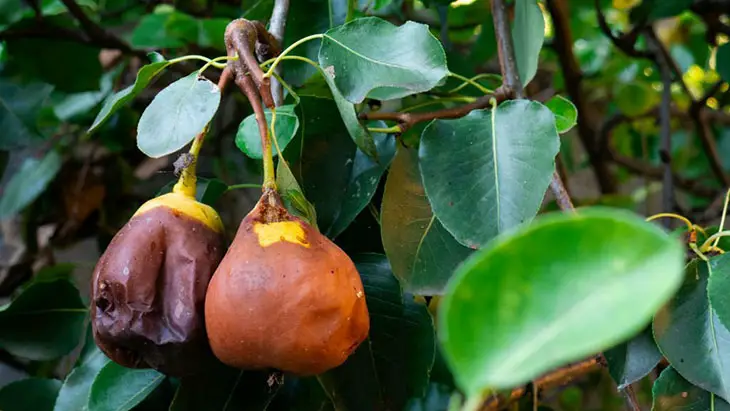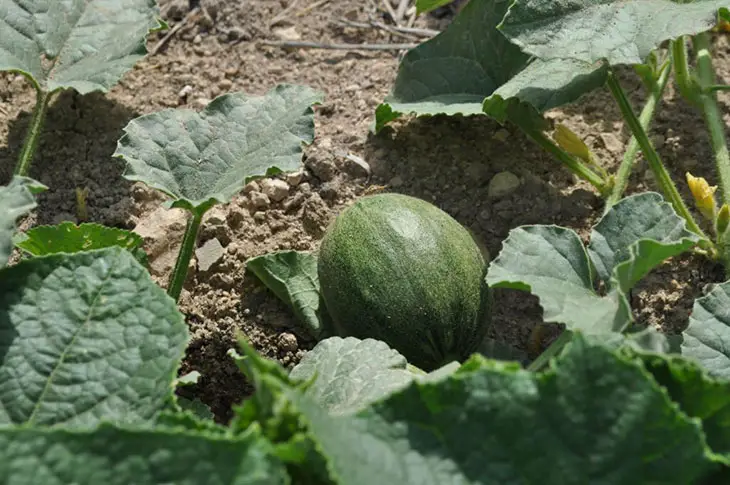
Is there a food that more strongly embodies summer than watermelon?
Yellow watermelon season is a once-in-a-lifetime pleasure that nature bestows upon us as the sun rises in the sky and the days get warmer.
The yellow watermelon steals the show at summertime gatherings with its eye-catching yellow flesh and luscious sweetness.
Fortunately, growing them is straightforward, and my guide gives you all the details to have the healthiest crop that will astound you and wow your family and friends.
What Is A Yellow Watermelon?
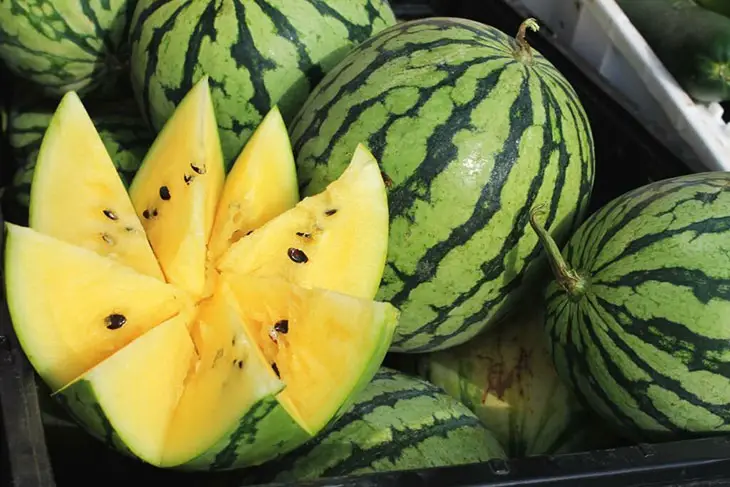
Appearance
Yellow watermelons, commonly referred to as golden watermelons, are a distinctive kind of watermelon.
The notable difference between them is in the yellow color of their inside, even though they both have the same elliptical or oblong shape, green stripes, and black rind.
The name “yellow watermelon” refers to its brilliant golden flesh. The red and yellow types have identical striped green rinds on the outside.
The yellow variant does not become red because it lacks lycopene, which makes watermelons yellow.
A yellow watermelon has a thick rind with a mottled appearance. The color of the outer skin, which can range from light to dark green, is typically smooth.
Some yellow watermelons have a yellowish tint on the outside of their skin, giving them an eye-catching appearance and jumbo fruits.
Varieties
It could be difficult to obtain yellow watermelon cultivars in a conventional grocery shop. One of the most common types of yellow watermelon is the buttercup yellow crimson.
The flesh of this melon is often light yellow or cream in color, and it has a thin rind. It is highly reviving and has a delicate, sweet flavor.
The Yellow Doll is another well-known type, with vivid yellow flesh and a rind with lighter green lines.
The hybrid varieties Tendergold, Buttercup Yellow Melon, and Desert King are notable for their vivid golden flesh, substantial dark green rind, and jagged stripes.
Yellow Baby is a fantastic option because it has a thin rind and vivid yellow flesh for smaller portions.
Characteristic
These yellow varieties have a few distinctive qualities distinguishing them from their pink watermelon relatives.
Their vivid yellow or golden flesh easily recognizes yellow watermelons. Yellow watermelons have a crisp feel.
There are seeded and seedless watermelons. The flesh of traditional yellow watermelons is dotted with tiny, black seeds. However, seedless varieties are becoming more and more common.
Flavor
The majority of yellow watermelon has a flavor profile with common red variants. The flavor and crisp meat are the same.
However, many ripe watermelon varieties have an intensely sweet, honey-like flavor. Some people have even compared yellow watermelon’s taste to a ripe apricot. A rush of reviving juice is released with each bite.
How does yellow watermelon taste? Yellow watermelons occasionally have a mild tanginess in terms of sweetness.
This acidic note gives the flavor profile a refreshing change, counteracting the sweetness and delivering a richer, more nuanced flavor.
Traditional watermelons can be used in a traditional variety of dishes. They are a component of many dishes, including colorful summer salad recipes, smoothies, fruit salsas, and desserts.
Nutritional Benefits
With only 46 calories per cup, yellow watermelon is a nutritionally refreshing snack. Several vitamins and minerals can be found in abundance in yellow watermelons.
They include vitamin C, which is essential for boosting the immune system and encouraging the creation of collagen.
They also have vitamin A, crucial for cell development, immune system health, and vision.
Compared to red watermelon, yellow watermelon has a higher concentration of the strong antioxidant beta-carotene. It is believed that beta-carotene can guard against cancer and eye problems.
Red-flesh melons will contain more color from lycopene than yellow or orange-flesh ones. Similarly, compared to melons with seeds, non-seed types often offer more lycopene.
What Is Yellow Watermelon Season?
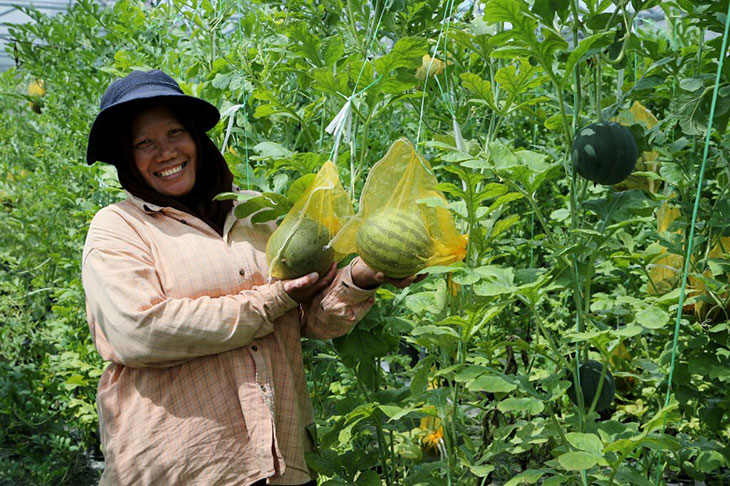
Yellow watermelons are available all year round, with the summer being their prime season.
The greatest time of year for yellow watermelon is usually from June to August when hot weather and lots of sunlight foster ideal outdoor conditions.
The greatest time to eat yellow watermelons is from June to August since they thrive in proper summer cookouts.
Be sure to plant well after the season’s last frost to avoid black spots because these ripe melons grow best in warm climates.
At this time, local farmers markets, supermarkets, and neighborhood fruit booths all have a selection of yellow watermelons for sale.
Although the precise availability may vary depending on the geography and growing circumstances locally, summer is often the best time to indulge in the sweetness of yellow watermelons.
How To Take Care Of Yellow Watermelon?
Light
Unlike tomato plants, yellow watermelon plants like a lot of sunshine and fertile, well-draining, and clay soil. Opt for a variety that grows in less than 70 days if you live in a region with brief seasons.
Plants that produce these crisp watermelons need a full day of sunlight and at least 6 to 8 hours of direct sunlight each day.
Select a field spot in your garden that obtains plenty of sun throughout the day when choosing a location for planting, and stay away from areas where trees or other structures will shade.
Consider offering temporary shade covers to avoid experiencing too much heat stress.
Yellow watermelons can also be planted indoors close to a sunny window if you don’t have much outdoor space.
Soil
The healthiest yellow watermelon crop will come from a rich, sandy loam. Yellow watermelons also favor loamy soil that drains well and lets excess water content run.
One of the key arguments in favor of growing the vines on mounds instead of in rows is this. The slopes allow you to flip the soil upside down and improve water drainage.
The poor soil should be slightly acidic for these watermelons. For yellow watermelons, the recommended soil pH range is 6.0 to 7.5.
The best nutrient uptake occurs under slightly acidic soil to neutral soil conditions. Around the base of the plants, you can spread an organic mulch layer to keep the soil fertility moist.
Water
Throughout their entire growing cycle, yellow watermelons need constant moisture. Depending on the soil’s state and the weather, your watermelon plant requires 1 to 2 inches of water per week.
Every week, your plant equates to 16 to 32 gallons of water.
The limited drought tolerance of watermelon vines causes problems for your melons when you have a dry soil temperature.
Hold off on adding water once the yellow fruit reaches its full size and begins to mature.
The quantity of watering required will vary depending on the environment, moist soil type, and stage of plant growth.
Yellow watermelons can be deeply watered once or twice weekly, with the frequency adjusted according to the weather.
Temperature
The soil must be at least 70 degrees F for the yellow watermelon seeds to germinate. Furthermore, the vines are unable to withstand temperature drops below 65 degrees.
Before planting the white seeds, ensure the soil has achieved this temperature range to encourage rapid and even germination.
A lot of heat is likewise not good. Therefore, the likelihood of having a healthy yellow and crimson watermelon crop this year would decrease if the temperature reached the 90s.
During this phase, ensure the plants receive enough sunlight and warmth to encourage the development of strong foliage.
Increased humidity and hot temperatures might make plants more tolerant to powdery mildew.
Fertilizer
If you’re wondering where the sweetness and flavors of the yellow watermelon come from, it is from the fertile land.
Therefore, the soil needs to be prepared around six months in advance. Feed the seedlings organic pigment or liquid fertilizer once every three weeks as they begin to grow.
Color watermelons don’t need to be grown using chemical fertilizers. Pick a fertilizer with a high nitrogen content when feeding plants.
As the flowers have begun to form, stop to prevent common pests, fungal diseases, and eye diseases in native areas.
FAQs

What’s The Difference Between A Red Watermelon And A Yellow Watermelon?
The color of the crisp flesh is what distinguishes a red watermelon from a yellow one.
Unlike red watermelon, yellow watermelon has a high concentration of lutein, a fat-soluble nutrient that makes watermelon yellow; that’s “how do they make yellow watermelon.”
Both ripe fruits have the potential to be equally sweet and juicy in terms of flavor and texture, marking their delicious fruits.
Red and yellow watermelons both have a slightly sweeter taste. Although fat-free, it is high in sugar, vitamins, carotene, and dietary fiber.
Is A Yellow Watermelon Sweeter Than A Red One?
It depends on several variables, including the precise variety, growth circumstances, and personal taste preferences, whether a yellow watermelon is sweeter than a red one.
Yellow watermelon tasted more precious than red watermelon in terms of sweetness.
What Is The Sweetest Yellow Watermelon?
Popular yellow watermelon types like Yellow Doll and Tendergold are renowned for their extraordinary sweetness.
This gold fruit has bright yellow flesh with a silky texture, while Yellow Doll yields medium-sized sweet fruits with pale yellow, delicious flesh.
Conclusion
As the yellow watermelon season unfolds, it inspires us to appreciate nature’s bounty and rejoice in the pleasures of summer.
We have investigated the mysteries of this unique fruit, from its appearance to its cultivation.
Prepare to delight in the sweet, refreshing flavors as the season progresses, and let it serve as a reminder of golden moments and joyous memories.
